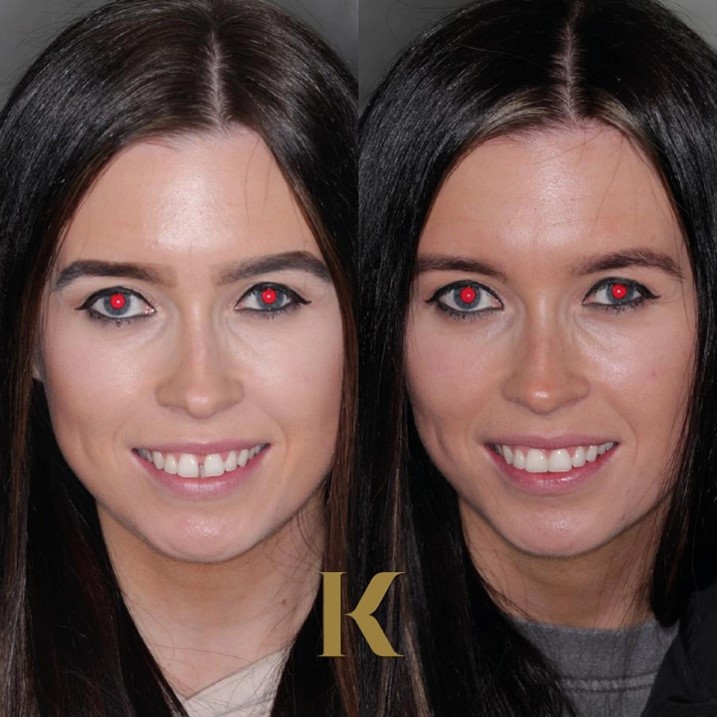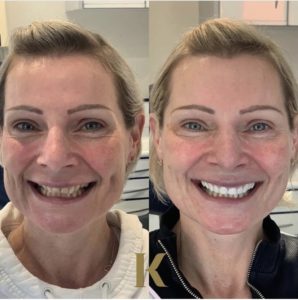A new and elevated smile can do wonders for your appearance and confidence, which is why cosmetic dental treatments are so in demand. There are several cosmetic procedures available at dental practices such as Kiln Lane Dental, but which is best for you?
Let’s take a look…
What is cosmetic dentistry?
Cosmetic dentistry focuses on improving the aesthetic of your teeth, gums, and smile, boosting overall confidence. This branch of dentistry aims to correct issues such as discolouration, gaps, chips, and cracks that can keep your teeth from looking their best.
Cosmetic dental treatments
Here’s a list of the most popular cosmetic dental treatments that are proven to revolutionise and enhance smiles:
Composite bonding
Also referred to as teeth or dental bonding, composite bonding is a simple and affordable way to enhance the appearance of your teeth. The treatment involves a tooth-coloured composite resin being applied to the surface of your teeth to either reshape, resize or improve their colour. Typically, patients opt for composite bonding to correct or hide imperfections, such as chips, discolouration, and gaps.
Teeth whitening
Teeth whitening treatment is exactly what it says – it’s a cosmetic treatment used to help you achieve a brighter, whiter smile. So, how does it work? Well, a whitening gel such as hydrogen peroxide is applied to the front of the teeth to lighten their shade.
The way this is done differs depending on the type of treatment you choose. For example, home-whitening usually involves the use of custom trays that slot over your teeth, keeping the gel in place. However, there are whitening procedures that are completed by your dentist, such as Zoom Whitening. A gel will be evenly spread across each tooth, and a special LED light will be used to brighten your smile, leaving you with noticeable results in less than an hour!
Veneers
Designed to completely transform your smile, veneers are one of the most sought-after cosmetic dentistry procedures available. Veneers are custom-made shells that slot over the front surfaces of your teeth, boosting their shape, size, and colour. What’s more, they can hide gaps and improve alignment, too.
Which cosmetic dental treatment is best for you?
Deciding which cosmetic treatment is the most relevant to you depends on your smile goals, personal needs and budget. The following should help bring you clarity on which you should opt for:
- Cosmetic bonding – Ideal if you want an affordable way to correct minor imperfections or brighten your teeth.
- Teeth whitening – This procedure is perfect for you if you’re happy with the shape, alignment and spacing of your teeth, but want to whiten your smile.
- Veneers – Veneers are the best option if you want to completely upgrade your smile. They’re more costly than other cosmetic treatments, but are certainly worth the investment given the transformative results they offer.
Or, you can book a consultation with one of our experienced dental professionals, who will assess your teeth and suggest the best treatment for your specific needs.
Speak to us about cosmetic dental treatments
At Kiln Lane Dental, we specialise in some of the most in-demand cosmetic dental treatments around, including composite bonding, teeth whitening and veneers.
If you want to kickstart your smile revolution journey and speak to a dentist with years of experience in the field, go ahead and call us on 01744 775822 or get in touch online. We’ll provide you with all the essential information and book you in for a consultation.











